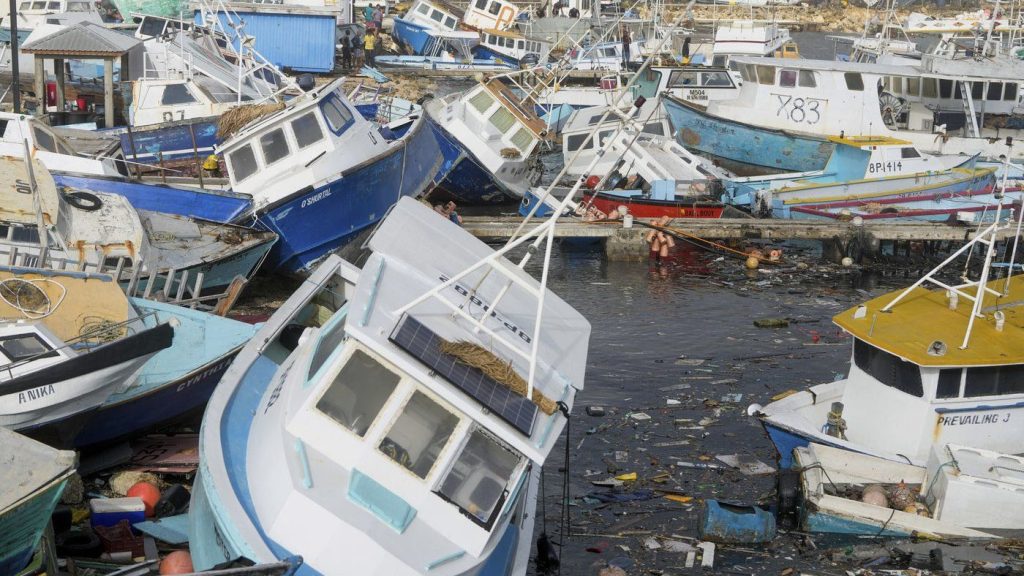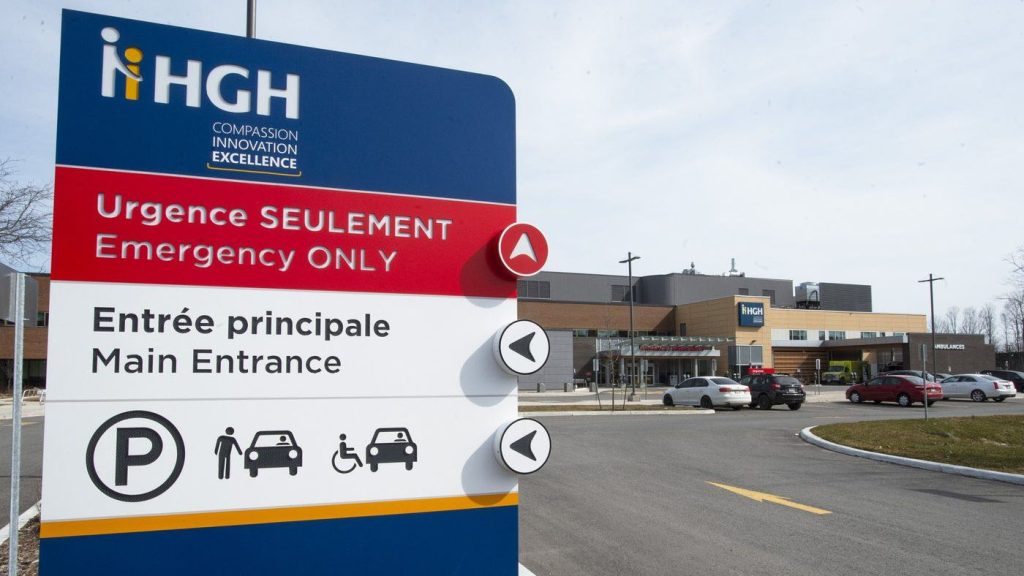First team of UN monitors heads to Syria, truce buckling under regime shelling of Homs
Posted April 15, 2012 8:44 pm.
This article is more than 5 years old.
BEIRUT – Syria’s 4-day-old cease-fire appeared to be quickly eroding Sunday, with regime forces firing dozens of tank shells and mortar rounds at neighbourhoods in the opposition stronghold of Homs, hours before the arrival of a first team of U.N. truce monitors.
Even though the overall level of violence has dropped, escalating regime attacks over the weekend raised new doubts about President Bashar Assad’s commitment to a plan by special envoy Kofi Annan to end 13 months of violence and launch talks on Syria’s political future.
Assad accepted the truce deal at the prodding of his main ally, Russia, but his compliance has been limited. He has halted shelling of rebel-held neighbourhoods, with the exception of Homs, but ignored calls to pull troops out of urban centres, apparently for fear of losing control over a country his family has ruled for four decades. Rebel fighters have also kept up attacks, including shooting ambushes.
The international community hopes U.N. observers will be able to stabilize the cease-fire, which formally took effect Thursday. A six-member advance team of U.N. observers headed to Damascus on Sunday, a day after an unanimous U.N. Security Council approved such a mission. A larger team of 250 observers requires more negotiations between the U.N. and the Syrian government next week.
U.N. Secretary-General Bank Ki-moon expressed serious concern at the Syrian government’s shelling of Homs and said “the whole world is watching with skeptical eyes” whether the cease-fire can be sustained.
“It is important — absolutely important that the Syrian government shold take all the measures to keep this cessation of violence,” he told reporters in Brussels after meeting Belgian Prime Minister Elio Di Rupo on Sunday. “I urge again in the strongest possible terms that this cessation of violence must be kept.”
Ban said he had in-depth discussions Saturday with Annan in Geneva and expressed hope that once the full monitoring team is on the ground “there will be calm and stability and peace without any violence.”
With Assad seen as a reluctant participant in Annan’s plan, the observers’ success will depend on how much access they can negotiate in Syria and how quickly the team can grow to a full contingent, analysts said.
The Security Council demanded freedom of movement for the U.N. team, but the regime could try to create obstacles; the failure of an Arab League observer mission earlier this year was blamed in part on regime restrictions imposed on the visitors.
“This will be a serious cat-and-mouse game between the government and the U.N. for weeks to come,” George Lopez, a professor of peace studies at the University of Notre Dame in Indiana said of the new observer mission. Buying time is in Assad’s interest, he said.
However, a reassuring presence of monitors could also enable Syria’s opposition to return to staging mass marches, common in the early days of the anti-Assad uprising that erupted in March 2011. In response to a violent regime crackdown on such protests, the turnout for weekly anti-regime marches has decreased. The opposition resorted more and more to armed attacks in recent months. By returning to peaceful protests, it would be able to regain some of the moral high ground it lost as the conflict became increasingly violent.
Since the cease-fire began, each side has accused the other of violations.
Syria’s state-run news agency SANA has reported rebel attacks targeting checkpoints and army officers, while opposition activists said regime troops and their allied Shabiha militiamen continued arrest raids and mistreatment of those in detention.
The city of Homs, Syria’s third-largest, was the main flashpoint of violence again Sunday. The city had been battered by daily regime shelling for three weeks before the cease-fire, and shelling resumed late Friday, less than 48 hours after the truce took effect, residents said.
“What cease-fire? There’s an explosion every five to six minutes,” a Homs-based activist, identified only as Yazan, said via Skype.
The Britain-based Syrian Observatory for Human Rights said two men and a woman were killed by shelling in Homs on Sunday, and that three more bodies were found in the city. Rami Abdul-Rahman, head of the group, said Sunday’s shelling was more intense than the attacks of the previous day.
Another activist group, the Local Coordination Committees, put the death toll in Homs at 11. It said the day started with a barrage of shells that fell at the rate of six each minute, shaking the neighbourhood of Khaldiyeh for the second consecutive day.
In amateur videos posted by activists Sunday, explosions and gunfire could be heard as parts of Khaldiyeh were engulfed in grey smoke. Shells could be heard whistling overhead before crashing near residential buildings. A tree burst into flames after a shell exploded.
“Intense shelling on the neighbourhood since early hours of the morning,” said a man narrating the video. “Where are the Muslims and Arabs?” he said, referring to the decision of the international community, including the Arab world, not to intervene directly in Syria as it did last year in Libya. “See the columns of fire rising from the district,” he wailed. “Mortar shells are falling on us while you watch.”
“If you saw Homs right now, you wouldn’t recognize it,” added Yazan, the activist, who only gave his first name for fear of regime retribution. “You walk around, and it’s not unusual to find dead people in cars on the street,” he said, describing rubble-strewn streets and badly damaged buildings.
Overall, the Observatory reported the deaths of 10 civilians Sunday, including the three killed in Homs, a shooting death near Damascus and the discovery of six bodies. The LCC put the death toll on the opposition side at 23. Since the start of the cease-fire, the daily death toll has been significantly lower than in the preceding weeks, when dozens were reported killed every day.
The regime has portrayed the uprising as a foreign-led conspiracy of criminals and Islamic militants, denying it has widespread popular support.
On Sunday, Syria’s official news agency reported several bombings and shootings by “armed terrorists” that it said killed a member of the security forces in the province of Idlib, two civilians in the central Hama region and a security guard in the southern Daraa district.
The U.N. observers are to arrive in Damascus late Sunday and will be “on the ground in blue helmets tomorrow,” said Annan’s spokesman, Ahmad Fawzi. He said the team will quickly grow to between 25-30, drawn from the region and elsewhere. However, the terms of deployment of the larger contingent of 250 still have to be negotiated, he said.
Annan’s peace plan says a truce and the deployment of observers must be followed by talks between the regime and the opposition about Syria’s political future. It’s the first peace initiative to have broad backing, including from Russia and China which shielded the regime from Security Council condemnation in the past.
Syrian officials said Foreign Minister Walid Moallem would arrive in China on Tuesday for a two-day visit. Last week, Moallem met with his Russian counterpart in Moscow.
Many remain skeptical about Assad’s intentions and said he’d like try to sabotage the peace plan whenever possible. Opposition leaders argue that if Assad were to comply fully, including by withdrawing troops and allowing peaceful political protests, he could quickly lose control and speed up his political demise.
“It appears that Assad will be able to finesse the situation by agreeing to cease-fires, using the period before the cease-fire takes effect to pummel the opposition strongholds, and then stonewall on negotiations once they begin,” said William Keylor of Boston University.
___
Associated Press writer Zeina Karam in Beirut contributed reporting.








